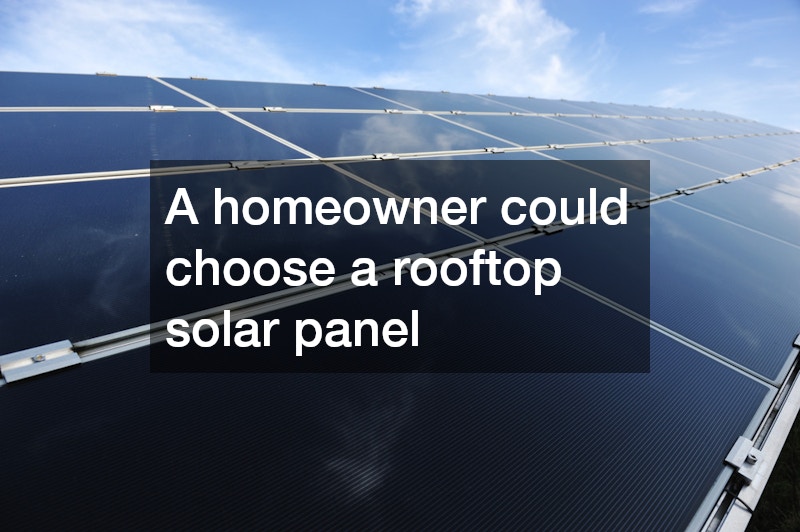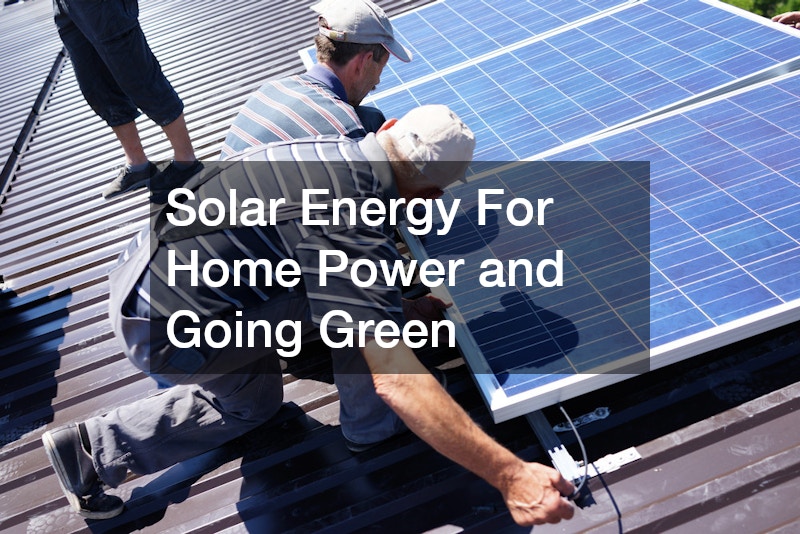
Today’s technology provides homeowners who want a new roof with solar panels more choices than ever. A homeowner could choose a rooftop solar panel, a solar integrated roof, or a post-mounted yard system. The most well-known Tesla design system for a solar roof costs about $21.85 per square foot, making it a bit more expensive than a traditional roof.

Every home improvement costs money, though, and each has a return on investment. There’s no magic number of how many years it will take for your Tesla solar roof to pay you back. Each Tesla solar ROI depends on the size of the home, its monthly energy consumption, and whether the solar roof system provides 100% of the home’s needed energy or not.
Contact your nearby Tesla roofing contractor to find out the energy needs in watts and kilowatts of your home. Your contractor can calculate the length of time it takes for you to enjoy your ROI. If you sell your home, it might result in recouping your investment sooner.
Solar Installations and Curb Appeal
Plenty of people want to start using solar energy today. They know that it’s one of the most sustainable power sources commercially available now. Customers are sometimes concerned about the prices associated with solar panels. However, solar power is much more affordable today than it was even a decade ago. Using strictly solar energy is possible now.
Many customers are interested in how to hide solar panels. They want the benefits associated with using solar energy. Still, they might not want their solar panels to be obvious after they’ve been installed. You can buy concealed solar panels now. There are now normal-looking roof tiles that contain solar cells that you can’t see. You’ll still get plenty of solar energy this way. It just won’t affect the appearance of your roof at all.
Individuals who get solar panels installed will often need to get them maintained professionally. The cells that make up solar panels are relatively fragile. You won’t want to risk damaging them during the maintenance procedures. Professionals will receive solar panel cleaning training. They’ll help you protect your new solar panel, giving you the chance to use them for years. You’ll continue to get high-quality energy from these structures.
“Going green” has become a widespread initiative in the last several years, with everything from recycling plastic and glass to hybrid electric cars and carpooling to donating to wildlife preservation efforts. Another major arena for going green is solar energy, and the installation of solar energy systems, residential solar panel installation, and more for sustainability and constant electricity. What is solar energy? How should solar energy be harnessed? Why is it an increasingly attractive option for many?
The Basics of Solar
Solar panels have become much more efficient and cost friendly in the last few years, and the science behind them is simple. According to Vivint Solar, all solar panels contain photovoltaic, or PV cells, that collect photons from light and use this energy to generate direct current electricity. Some solar panel systems will have a microinverter that converts direct current electricity into alternating current energy for the home. The solar panel channels this electricity into the home’s network like a conventional power system, and as a backup, most homes are connected to traditional electric systems. Also, if excess electricity is left over from the traditional grid, it is simply sent back to the electric company. What is more, a home using solar energy will have a net meter that tracks how much electricity, solar or not, that is sent back to the electric company, and this can accrue long term benefits. In some cases, the homeowner may even be sent a check for the power provided to the company.
What Are Solar Panels Good For?
For today’s home owner, solar energy is always ready to be harnessed with roof mounted solar panels, and the costs and efficiency are improving all the time, making it an attractive option. As described at Greenmatch, there are seven substantial reason to install these panels for the home, some of which are considered here.
First of all, as stated above, solar energy is green and renewable. No pollution occurs from solar panel use, not even gasses. Solar panels will need water to work, but otherwise need no resources, such as oil or coal or other fuels, because sunlight itself is the fuel. For another thing, solar panels can power homes even from afar (rather than being on the roof), and that puts land to use. Often, vast tracts of land far from cities and towns are not used at all, so that open space can be used for large solar farms.
Jobs and economies can be boosted with solar power. The installation of these panels, and the technology and development of making new models, creates many blue collar and white collar jobs wherever solar energy is used. Finally, solar power is effectively infinite and can be harnessed by anyone, and is immune to monopolization; any place that gets sunlight can use it. There will never be a crash of solar energy supplies, unlike oil fields that dry up or coal seams that empty out. Solar energy can even be converted into heating solutions whenever needed.
Installing solar panels onto the home doesn’t have to be a hassle, according to Energy Sage . First is the paperwork and the solar contract, such as a lease, loan, or cash payment. An engineer will visit the site and ensure that it is compatible with solar panels and make sure that the home’s electric system can handle it. This engineer may or may not be involved with the installer, who will also visit the site to determine how to go about the installation. Once all paperwork is done, the specific equipment, such as the panels and inverters, are chosen and ordered, and on installation day, the installer will make sure that all roof shingles are secure and start installing the wire systems through the roof into the home’s power system. Then the racking for the solar panels are installed directly onto the roof, and then the panels are mounted onto the racks and the inverters are installed and connected to the panels. Before used, the system will have to be approved by a town or city government official and by a power company official to make sure that it meets safety standards, then connect it to the local power grid.

